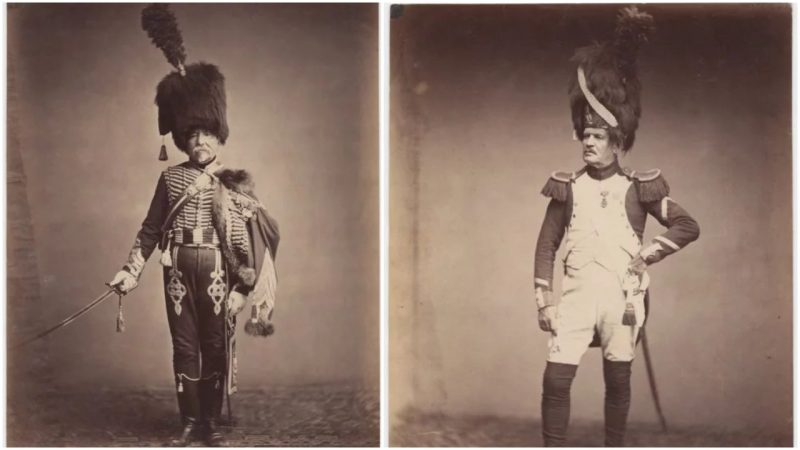Napoleon’s military success in Europe is most certainly among the great stories in not just France and Europe but the world as well.
Described as having one of the greatest military minds in the history of warfare, the man managed to achieve what was considered unthinkable–he became the first French Emperor to conquer much of Europe. During a remarkable military career that lasted over 20 years, Napoleon fought 60 battles and lost only eight, and those mostly toward the end of his reign.
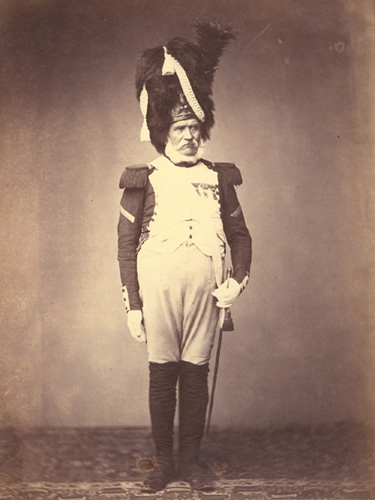
Once he lost power, Napoleon was gone but never forgotten, especially not by the surviving veterans of his Grande Armée, who continued honoring his name and historic leadership over the years.
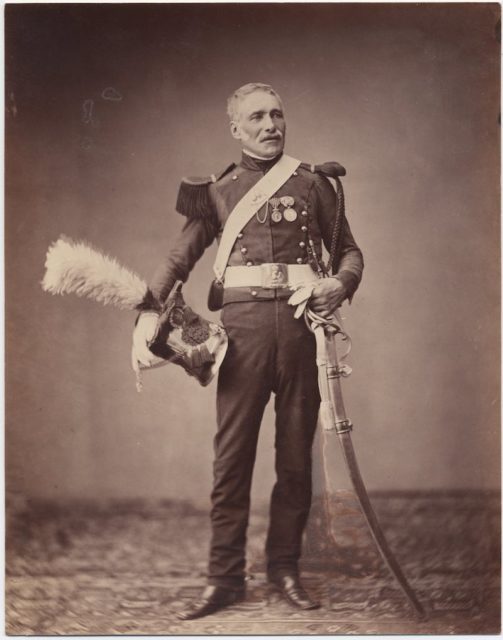
While May 5th, the day Napoleon died, continued being nothing more than an ordinary day for most people throughout Europe, this day was quite special for the surviving French veterans who fought in the Napoleonic Wars. For them, this was a day of great significance, and it simply couldn’t go unnoticed.
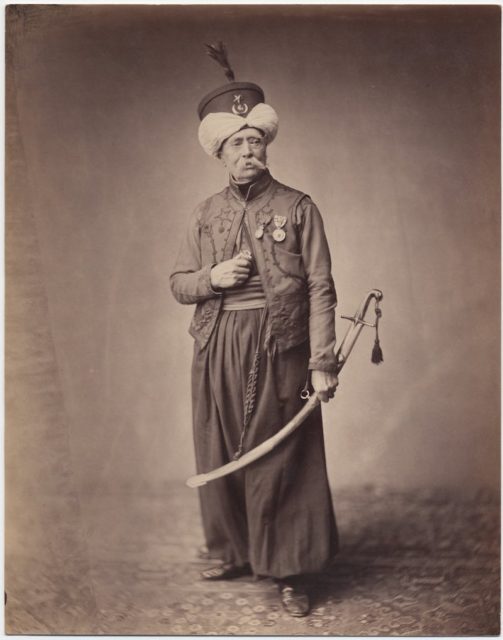
Every year, on this date, veterans would dress in their military uniforms and march to Place Vendôme in Paris to pay respect to the fallen emperor.
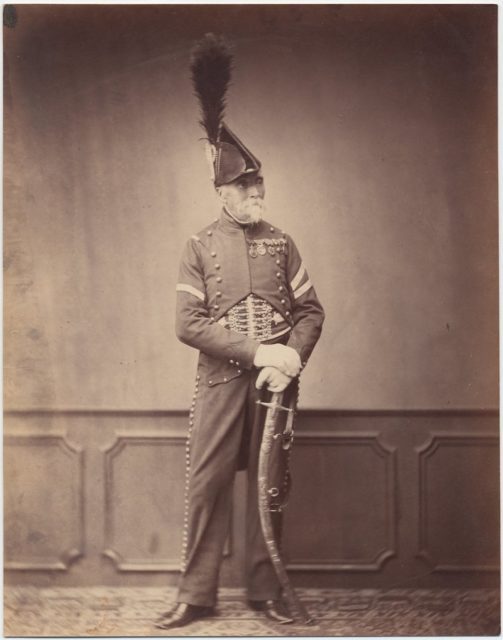
The Times of London provides us with a description of the 1855 procession:
“The base and railings of the column of the Place Vendôme appear this day decked out with the annual offerings to the memory of the man whose statue adorns the summit. The display of garlands of immortelles, and other tributes of the kind, is greater than usual… the old soldiers of the Empire performed their usual homage yesterday at the same place.”
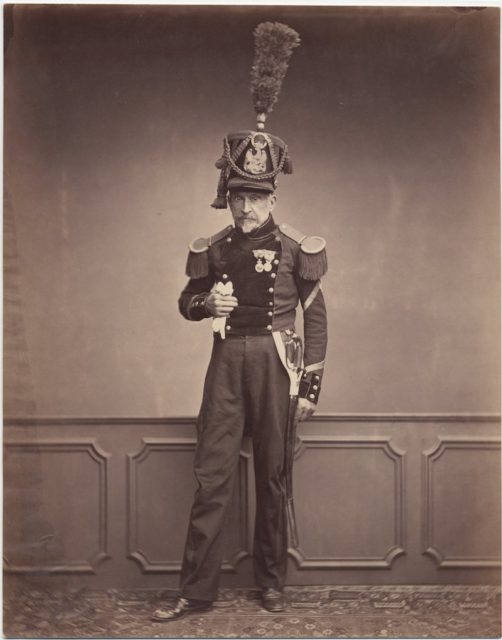
These captivating portraits were most likely taken on one of those occasions during the 1850s, probably 1858.
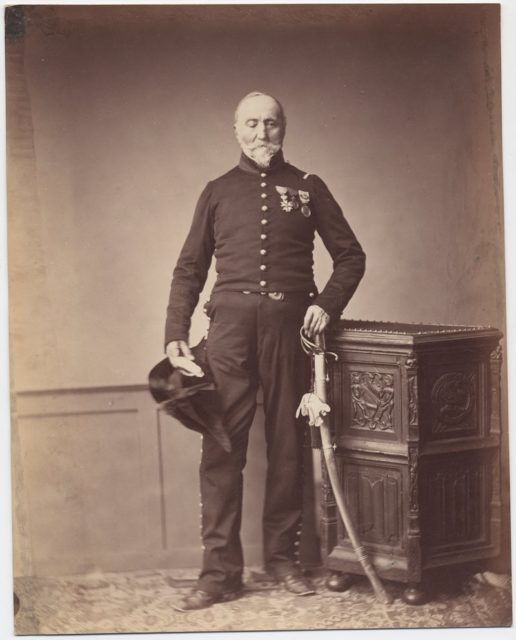
These are possibly the only surviving images of veterans of Napoleon’s Grande Armée dressed in their original uniforms.
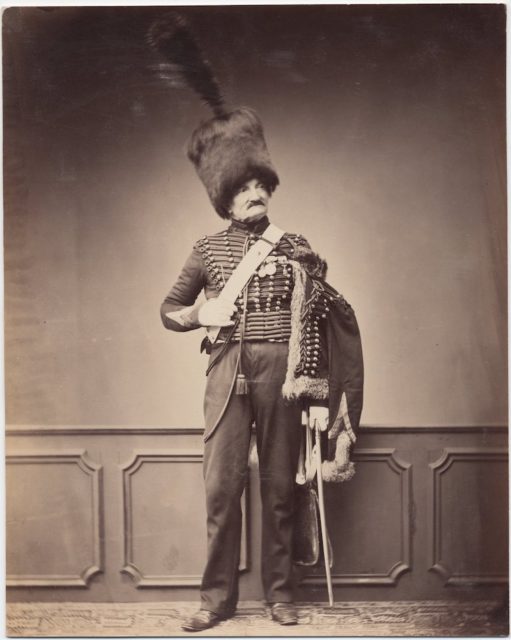
One notices that the veterans are almost all in their late 70s or 80s and everyone wears the Saint Helena medals that were issued on August 12, 1857.
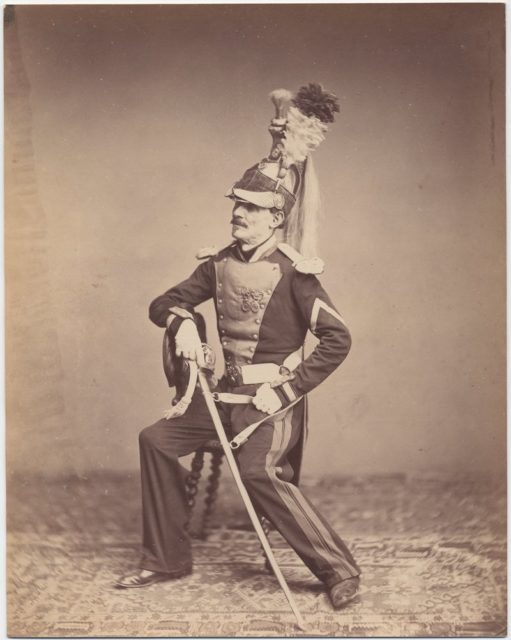
About 42 years after the devastating battle of Waterloo, Napoleon I’s nephew, Napoleon III, decided to honor all the soldiers who had served in the Grande Armée in the period between the years of 1792 and 1815 (the Napoleonic Wars).
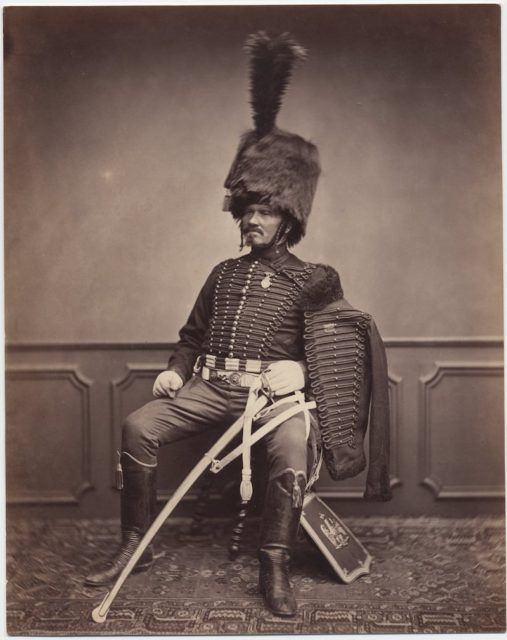
According to most accounts, over 400,000 soldiers proved that they had served in the Grande Armée during the Napoleonic Wars and received the Saint Helena medal for their service.

The veterans whose portraits are shown here were among the thousands of soldiers who received this medal.
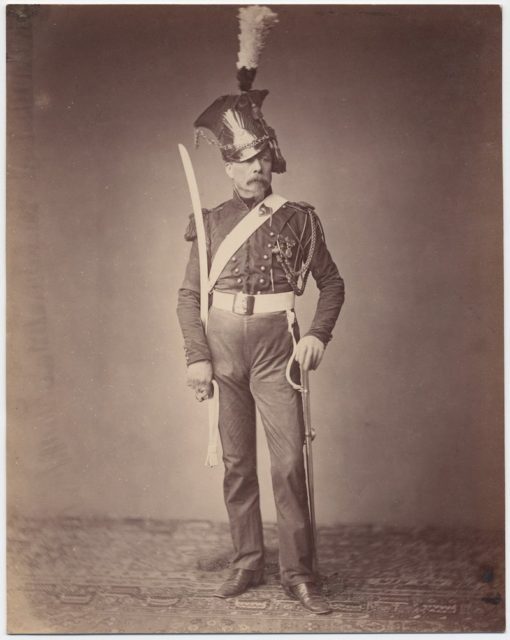
These remarkable portraits are part of the Anne S. K. Brown Military Collection, but no one can claim for certain how Mrs. Brown managed to acquire them.
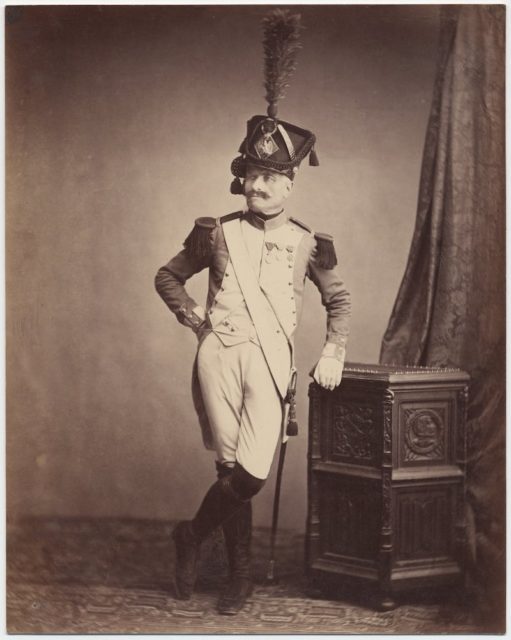
The Anne S. K. Brown Military Collection, held at the Brown University Library in Providence, Rhode Island, is one of the most impressive collections of military and naval uniforms in the world.
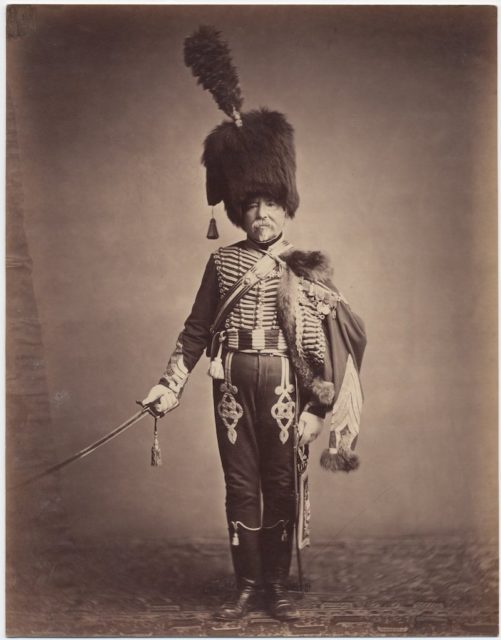
Historians would have continued to scratch their heads over why and when were these men photographed if it wasn’t for Henri Bouchot’s book L’Epopée du Costume Militaire Français. According to the Brown University Library, this book was published in Paris in 1898 and it contained a color plate with a transparent overlay bearing the titled “Les Vieux de la vieille, Le 5 Mai, 1855.” This particular image shows 10 Napoleonic veterans who look very much like the veterans in Mrs. Brown’s collection.
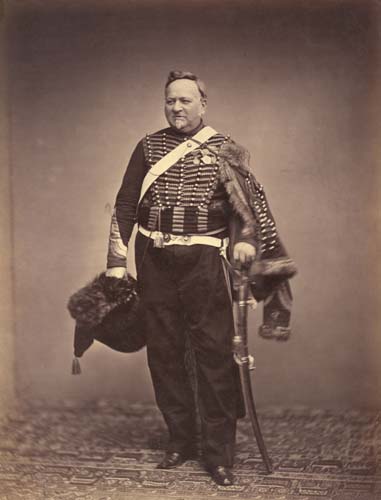
The famed Grande Armée led personally by the great general easily conquered most of the Old Continent and in no time earned a fearsome reputation, but there was nothing they could do in the battle against Mother Nature.
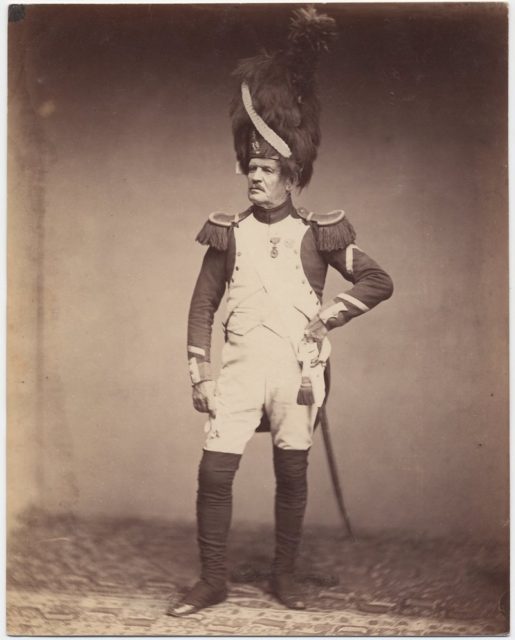
Once in Russia, the Grande Armée faced devastating temperatures, food shortages, and disease, which took its toll and led to a military disaster that would mark the beginning of the end for the French Emperor, who soon be exiled to the island of Elba.
He briefly returned to the throne, but then again meet with fiasco at the Battle of Waterloo and this time was exiled to the island of Saint Helena, where he died in 1821.
